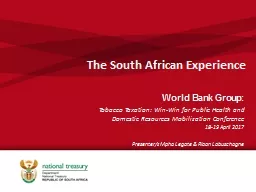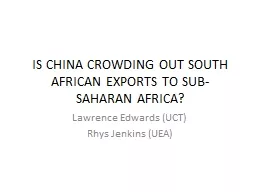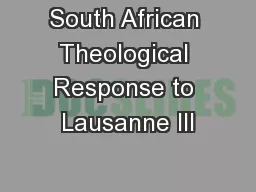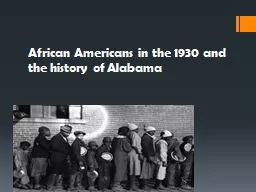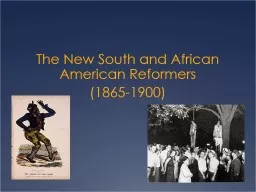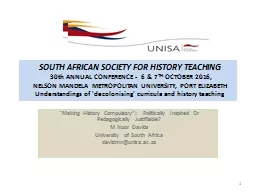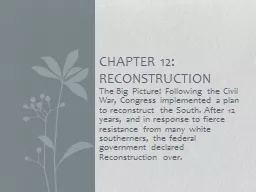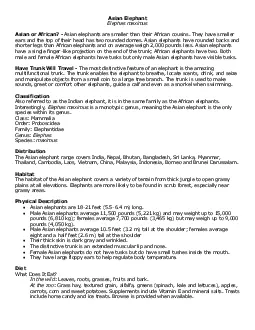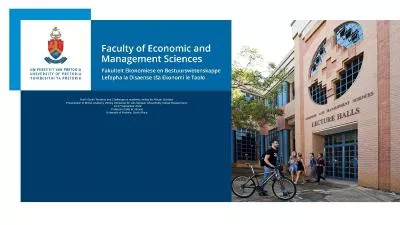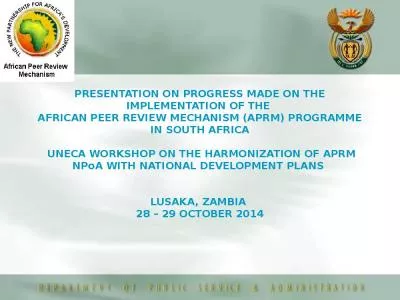PPT-The South African Experience
Author : giovanna-bartolotta | Published Date : 2017-09-28
World Bank Group Tobacco Taxation WinWin for Public Health and Domestic Resources Mobilization Conference 1819 April 2017 Presenters Mpho Legote amp Riaan
Presentation Embed Code
Download Presentation
Download Presentation The PPT/PDF document "The South African Experience" is the property of its rightful owner. Permission is granted to download and print the materials on this website for personal, non-commercial use only, and to display it on your personal computer provided you do not modify the materials and that you retain all copyright notices contained in the materials. By downloading content from our website, you accept the terms of this agreement.
The South African Experience: Transcript
Download Rules Of Document
"The South African Experience"The content belongs to its owner. You may download and print it for personal use, without modification, and keep all copyright notices. By downloading, you agree to these terms.
Related Documents

